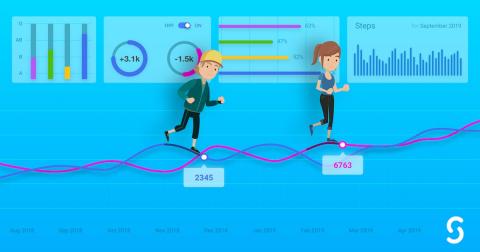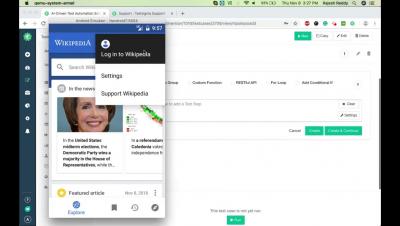How to Start Programming With Reactive X and RxJava2
In the development world, we’re constantly being bombarded by new innovations with the potential to change our world. 5G, augmented reality, machine learning… there’s probably never been a more fertile and exciting time to be a developer.











